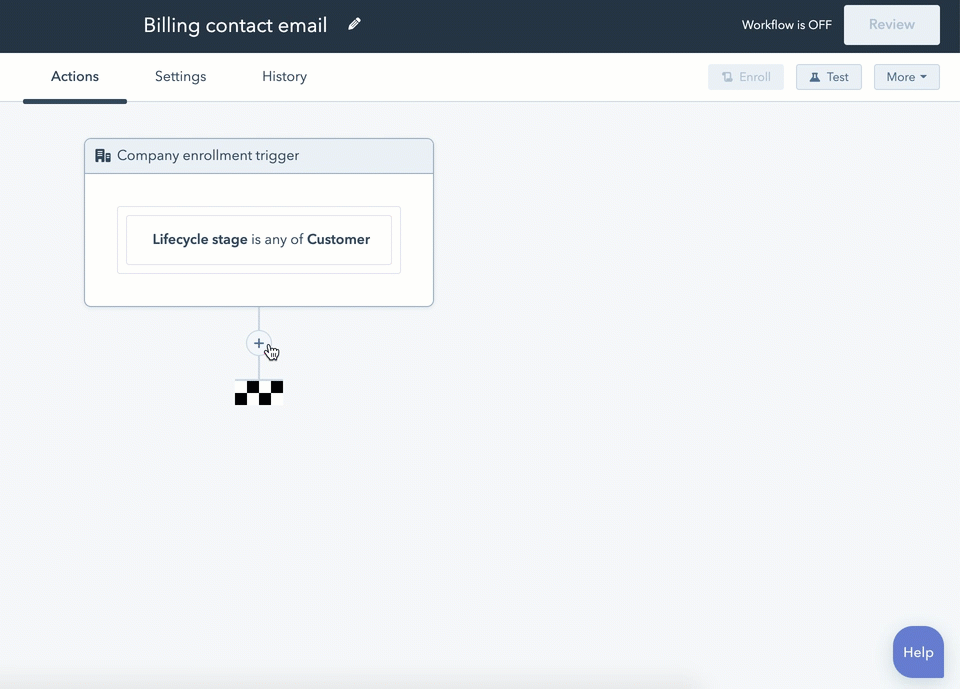5 Ways Detect Content Gaps
Identifying content gaps is a crucial step in developing a comprehensive content strategy that meets the needs and expectations of your target audience. Content gaps refer to the disparity between the content your audience is searching for and what is currently available on your website or platform. Detecting these gaps can help you create targeted, relevant, and high-quality content that attracts and retains a clearly defined audience. Here are five ways to detect content gaps:
1. Conduct Keyword Research
Keyword research is a fundamental tool in content gap analysis. It involves using various tools and techniques to find out what terms and phrases your potential customers are searching for. Tools like Google Keyword Planner, Ahrefs, SEMrush, and Moz can provide insights into search volumes, trends, and competition levels for specific keywords. By analyzing these data, you can identify areas where there is a high demand for content but a lack of supply. For instance, if your business is about fitness and you find that many people are searching for “home workout routines for beginners” but there’s limited quality content on this topic, you’ve identified a content gap.
2. Analyze Competitor Content
Examining the content of your competitors can reveal gaps in the market. Look at the types of content they are producing, the topics they cover, and the engagement they receive. Tools like Ahrefs and SEMrush can help you analyze your competitors’ websites, identifying their strongest and weakest content areas. If you notice that a competitor has a highly successful piece of content on a certain topic but there are aspects of the topic they haven’t covered thoroughly, you might have found a gap. Additionally, if you see that competitors are missing out on covering certain topics entirely, it could represent an opportunity for you to fill that gap.
3. Engage with Your Audience
Direct engagement with your target audience can provide invaluable insights into what they are looking for. This can be done through social media, email newsletters, comments on your blog, and customer surveys. By listening to their questions, concerns, and suggestions, you can pinpoint areas where they feel information is lacking. For example, if readers are consistently asking about a specific aspect of a topic that you’ve covered broadly but not in depth, it indicates a content gap. Engaging with your audience not only helps in identifying gaps but also ensures that the content you create is relevant and useful to them.
4. Use Google Trends and Autocomplete
Google Trends and Google Autocomplete are free tools that can help you uncover content gaps. Google Trends shows you what’s currently trending and what people are searching for, allowing you to tap into popular topics and fill gaps in real-time. Google Autocomplete, on the other hand, suggests searches based on what others have searched for, providing immediate insights into popular search queries. By leveraging these tools, you can uncover niche topics orquestions that people are asking but for which comprehensive answers might not be readily available.
5. Leverage Social Media and Forums
Social media platforms and online forums are hubs of conversation where people discuss their interests, ask questions, and seek advice. Platforms like Reddit, Quora, and LinkedIn groups are particularly useful for this purpose. By monitoring relevant discussions and questions, you can identify recurring themes or questions that haven’t been fully addressed. These platforms can serve as a goldmine for content ideas, helping you to create content that answers the questions people are actually asking, thereby filling a potential gap.
Implementing Your Findings
Once you’ve identified content gaps, the next step is to create content that fills these gaps effectively. This involves:
- Planning Content: Based on your research, plan a content calendar that addresses the identified gaps.
- Creating High-Quality Content: Ensure that the content you produce is of high quality, well-researched, and provides value to your audience.
- Optimizing for SEO: Use the keywords and topics you’ve identified to optimize your content for search engines, increasing its visibility.
- Promoting Your Content: Share your content across various channels to reach your target audience effectively.
By systematically detecting and addressing content gaps, you can enhance your content strategy, attract more traffic to your website, and establish your brand as an authority in your niche. Remember, the key to successful content creation is understanding your audience’s needs and consistently delivering value through your content.
